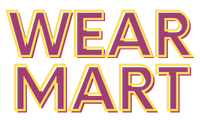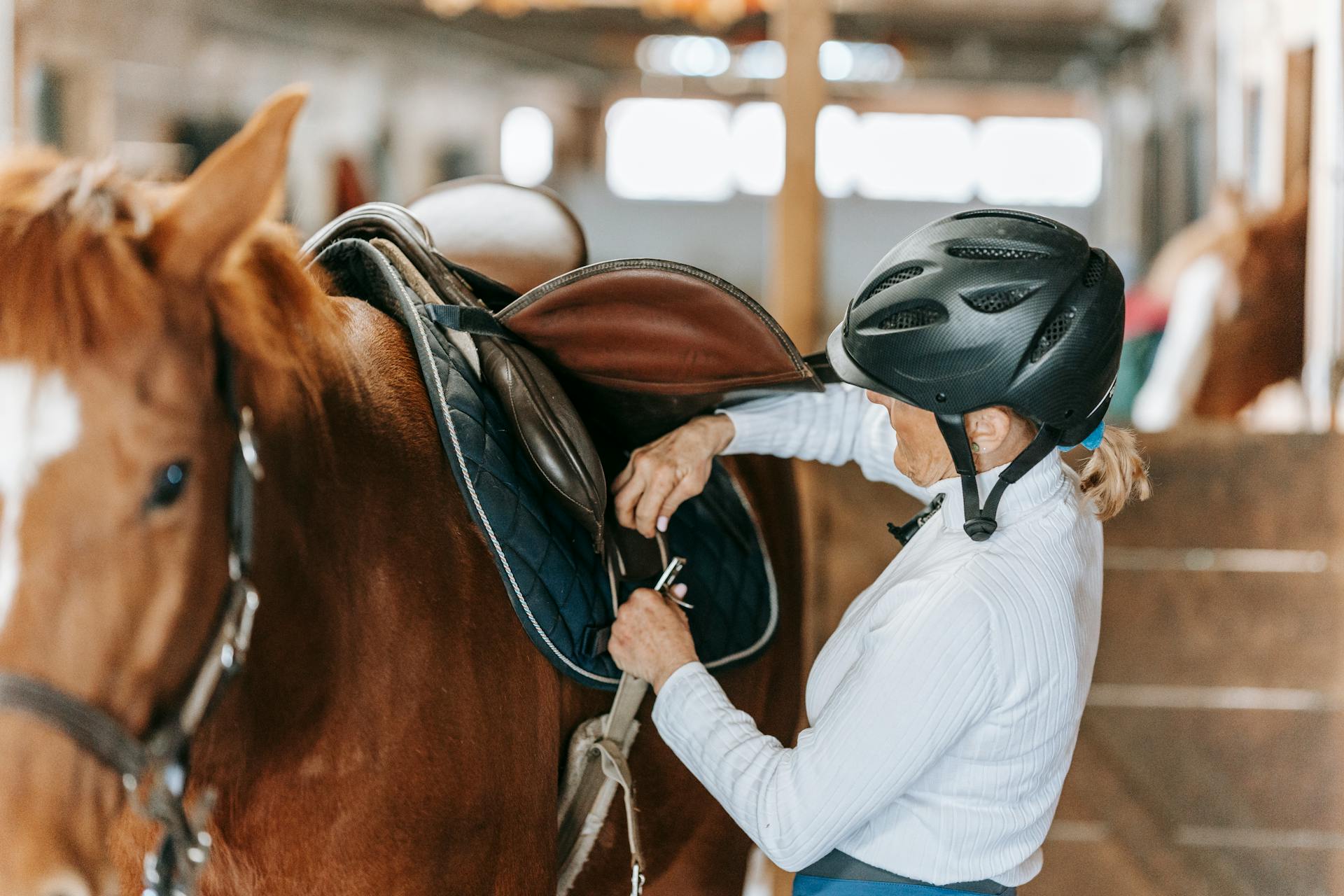Introduction
Horse riding is an exhilarating sport, but it comes with inherent risks—especially head injuries. According to the Centers for Disease Control and Prevention (CDC), horseback riding carries a higher injury rate than motorcycling, and head injuries account for nearly 20% of all equestrian-related hospital admissions. Wearing a properly fitted, certified riding helmet can reduce the risk of traumatic brain injury by up to 50%.
Whether you’re a beginner or an experienced rider, choosing the right helmet is crucial for safety and performance. This guide will help you select the safest horse riding helmets for your discipline, covering safety standards, types, fit, and top brands.
1. Why Wearing a Horse Riding Helmet is Non-Negotiable
How Helmets Protect You
A riding helmet absorbs impact energy and distributes force away from the skull, reducing the risk of concussions and skull fractures. Modern helmets use EPS (Expanded Polystyrene) foam liners that crush on impact, acting as a shock absorber.
Debunking Helmet Myths
- “I’m an experienced rider—I don’t need one.” Even Olympic riders wear helmets; accidents can happen to anyone.
- “Helmets are uncomfortable.” Today’s helmets are lightweight, ventilated, and adjustable for comfort.
- “I only ride slow horses.” Falls can happen at any speed—even a spook or trip can lead to injury.
Competition & Legal Requirements
Many equestrian organizations mandate helmets:
- USEF (United States Equestrian Federation): Requires ASTM/SEI-certified helmets in jumping, eventing, and more.
- FEI (International Federation for Equestrian Sports): Strict helmet rules for eventing and show jumping.
- Western disciplines: Some rodeo and trail events now require helmets, especially for youth riders.
2. Key Safety Standards for Horse Riding Helmets
Not all helmets are created equal. Look for these certifications:
- ASTM F1163 (USA): The gold standard for impact protection.
- SEI Certification: Ensures the helmet meets ASTM standards.
- VG1 01.040 (Europe): Replaced EN 1384; stricter testing.
- PAS 015 (UK): High safety benchmarks for competitive riding.
- MIPS Technology: Reduces rotational force during angled impacts (found in premium helmets).
Always check labels—uncertified helmets may not provide real protection.
3. Types of Horse Riding Helmets for Different Disciplines
English Riding Helmets
- Features: Sleek, lightweight, often velvet-covered for shows.
- Best for: Dressage, show jumping, hunter classes.
- Example: Charles Owen Ayr8 (ASTM-certified, classic look).
Western Riding Helmets
- Features: Wider brims, durable materials, some mimic cowboy hats.
- Best for: Trail riding, western pleasure.
- Example: Troxel Dakota (affordable, certified).
Eventing Helmets
- Features: Extended back coverage, reinforced shells.
- Best for: Cross-country (high-speed, high-risk jumps).
- Example: One K Defender MIPS (extra protection).
Racing Helmets
- Features: Ultra-lightweight, aerodynamic.
- Best for: Jockeys, speed events.
- Example: GPA Speed Air (ventilated, safety-tested).
Endurance & Trail Helmets
- Features: Ventilation, moisture-wicking liners.
- Best for: Long-distance rides.
- Example: Samshield Shadowmatt (premium comfort).
4. How to Choose the Right Helmet for You
- Fit: Measure your head (just above eyebrows). The helmet should sit snugly without pressure points.
- Adjustability: Look for dial-fit systems (e.g., Troxel Liberty).
- Ventilation: Essential for hot climates.
- Style vs. Safety: Never sacrifice certification for looks.
- Replacement Rule: Replace after a fall or every 3-5 years (materials degrade).
5. Top Helmet Brands & Recommendations
- Charles Owen: Classic, high safety (Ayr8, Pro II).
- Troxel: Budget-friendly (Sport, Dakota).
- Samshield: Luxury, high-tech (Shadowmatt).
- One K: MIPS options (Defender).
- GPA: Popular in eventing (Speed Air).
6. Common Helmet-Buying Mistakes
Choosing style over safety (always prioritize certification).
Buying used helmets (hidden cracks = no protection).
Skipping the try-on (fit varies by brand).
7. Caring for Your Helmet
- Clean: Wipe with mild soap; avoid harsh chemicals.
- Store: Away from heat/car interiors (foam degrades).
- Retire if: Cracked, damaged, or >5 years old.
Conclusion
Your helmet is the most important piece of riding gear—never compromise on safety. Whether you’re jumping, trail riding, or competing, invest in a certified, well-fitted helmet that suits your discipline.
What’s your go-to riding helmet? Share in the comments!
Want to know about “3 Ideas For Smooth Back To School” Check out our “Blog” category.

